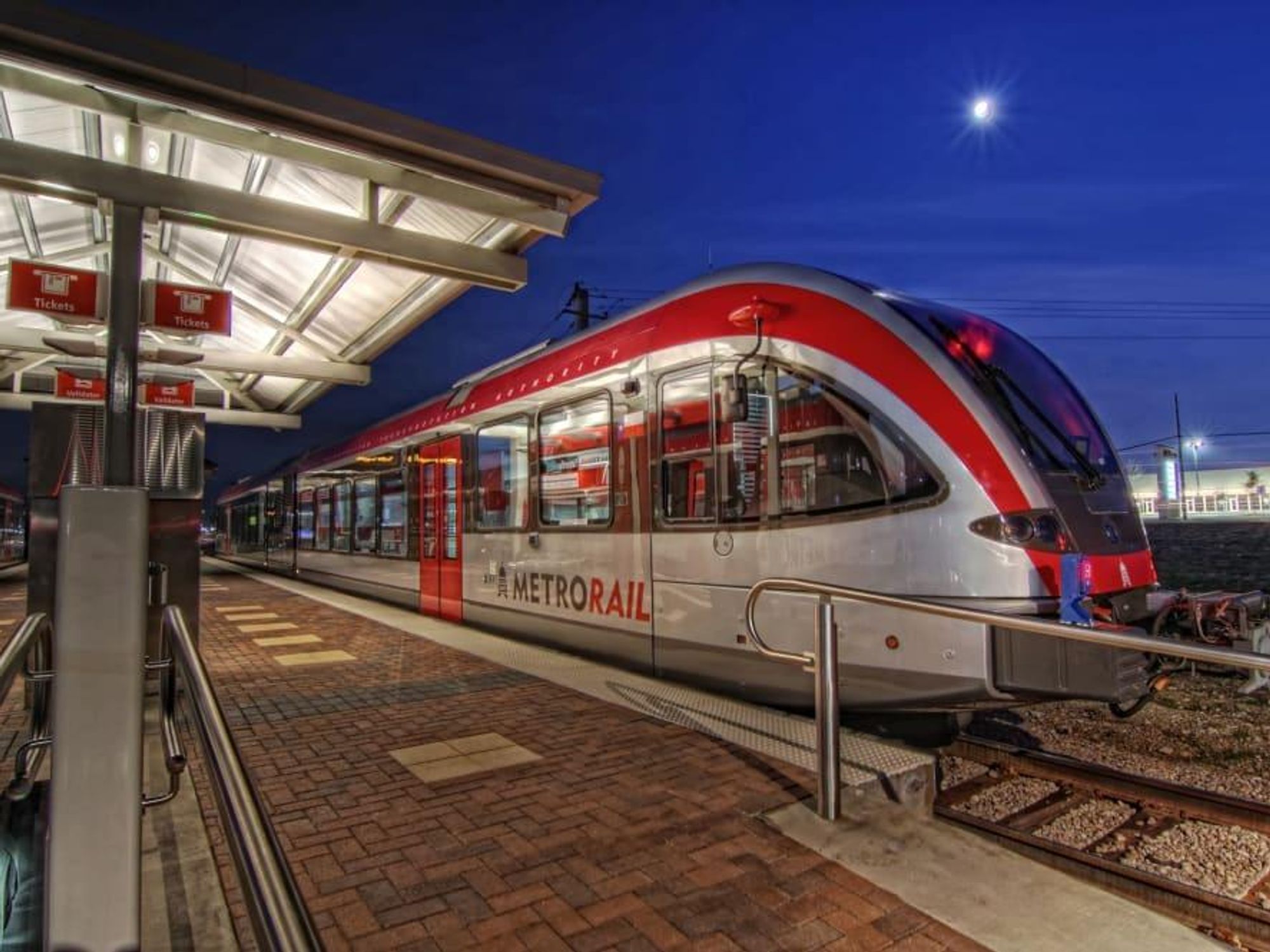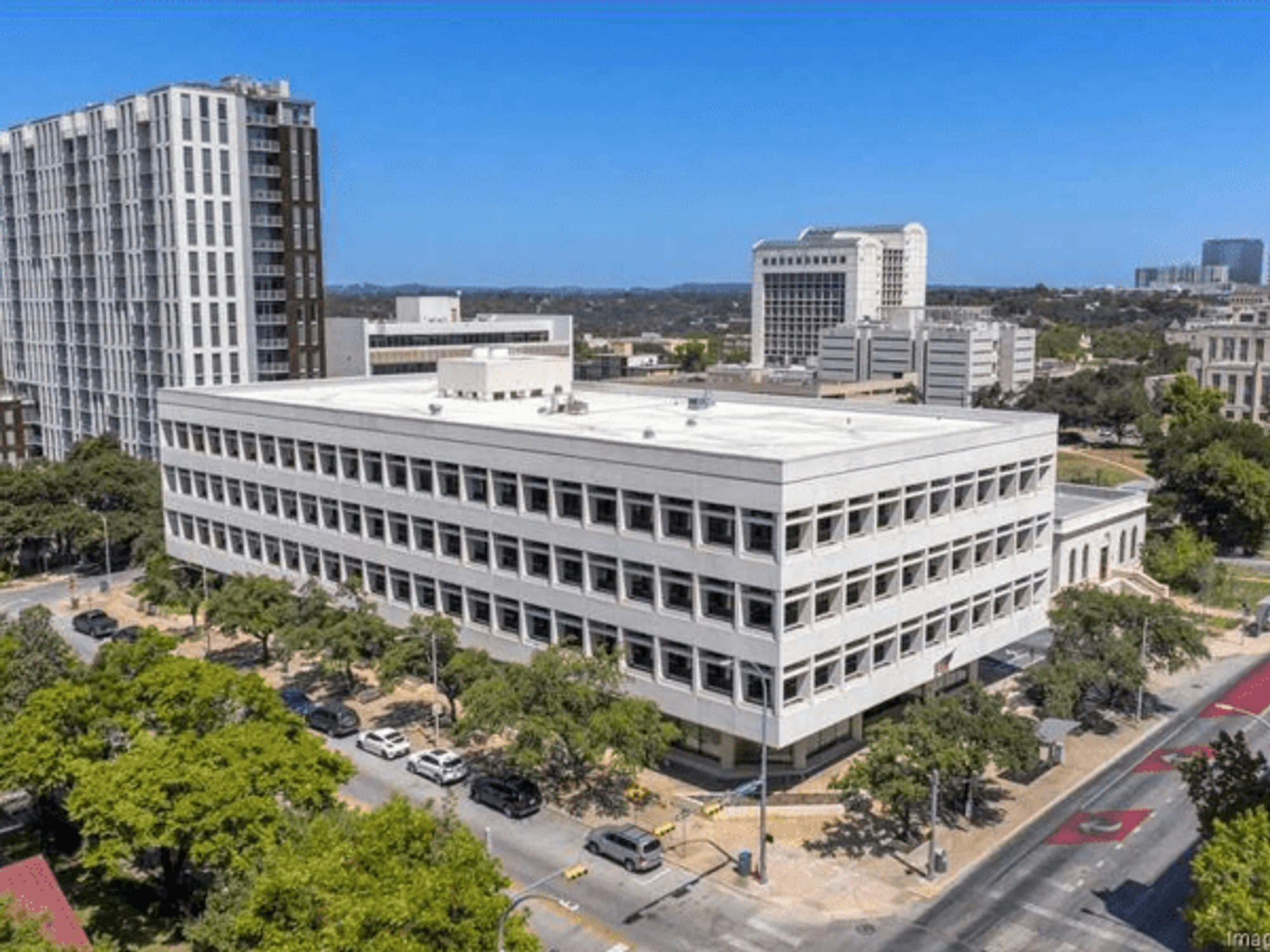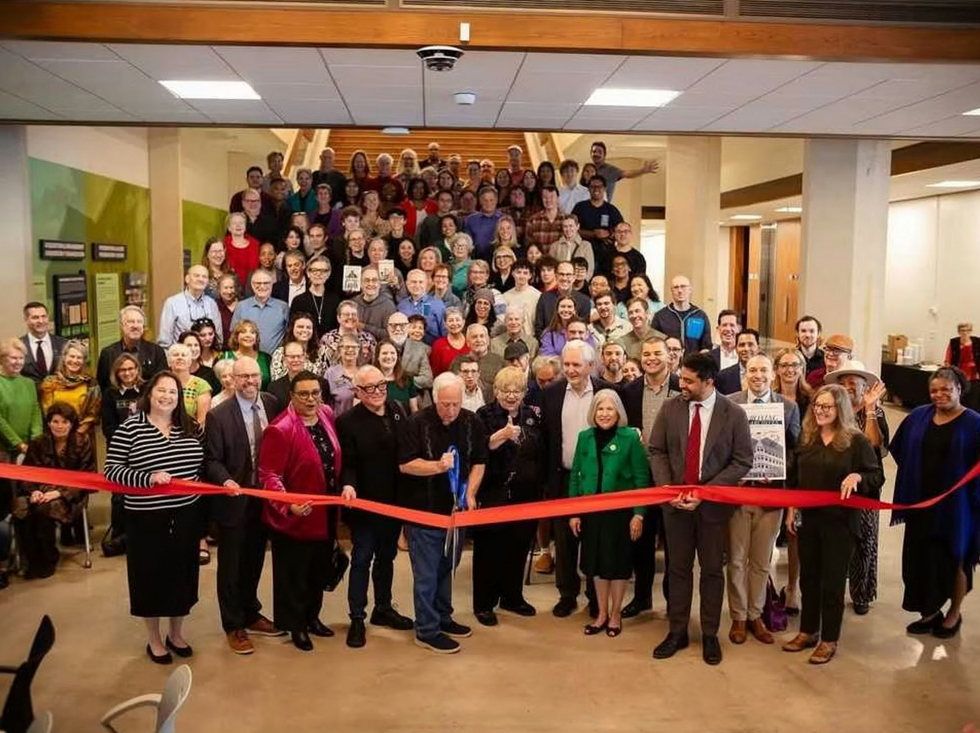Getting on board
Austin's $10 billion transit package with 3 new light-rail lines drives forward

The Austin City Council and the Capital Metropolitan Transportation Authority have put the city on track toward a nearly $10 billion transportation overhaul, including three new light-rail lines.
By approving the long-discussed Project Connect plan June 11, leaders from the City of Austin and Capital Metro charted a course for a massive reshaping of the local transportation system.
A major component of the 30-year plan would be the addition of three light-rail lines that would snake throughout the city. More than 36 miles of light rail would connect North Austin and South Austin with downtown Austin and Austin-Bergstrom International Airport. (To see maps of the proposed light-rail routes, visit the Project Connect website.)
Furthermore, the existing MetroRail commuter rail line — which now runs from Leander to downtown Austin — would be upgraded and a second commuter line would be added. In addition, bus service throughout the city would be expanded through a fleet of zero-emissions electric buses.
The transportation revamp also includes a downtown tunnel that would separate CapMetro light-rail lines from street traffic.
“Project Connect is a generational opportunity to transform this city to better serve the public. For the climate, for our air, for transit equity, for essential workers, and the public good, we must get this done,” Bay Scoggin, director of TexPIRG, a nonprofit consumer advocacy group, told a joint session of the City Council and CapMetro board.
More than half ($5.4 billion) of the $9.8 billion Project Connect initiative would be paid for through a hike on property taxes in Austin. For the typical Austin homeowner, the annual tax increase would be $358. A survey by Sherry Matthews Group, an Austin marketing firm, found that 71 percent of Austin residents would back the initiative even though it could result in a tax increase.
The rest of the funding ($4.4 billion) would come from the federal government. Austin voters are expected to weigh in on the plan in a November tax referendum. The City Council faces an August 12 deadline to decide whether to put the referendum on the November ballot.
The City of Austin and CapMetro are preparing to set up a board — the Austin Transit Partnership — that would oversee local and federal funding for the project.
“Now more than ever, Austin needs a transformative mobility plan and we finally have one — created and embraced by our entire community. This comprehensive transit system will make our city more equitable while helping us fight climate change and ease congestion,” Mayor Steve Adler tweeted June 11.
In the past 20 years, Austin voters have twice rejected light-rail proposals. In 2000, voters narrowly rejected setting up a light-rail system. Four years later, Austin voters supported establishing a regional commuter-rail line, which began operating in 2010. That line runs on a railroad track that already existed. In 2014, Austin voters again snubbed creation of a light-rail system.
While Project Connect enjoys broad support from elected officials, transportation advocates, and business leaders, opposition has surfaced. A new Austin-based political action committee called Our Mobility Our Future objects to the transit plan as a “costly burden” — raising taxes and encouraging gentrification — that relies on inefficient rail lines and fails to fully meet the needs of East Austin residents.
Our Mobility Our Future bills itself as a coalition of business owners, taxpayers, homeowners, renters, parents, community activists, current and former elected officials, data analysts, and transportation policy experts.
“We are at the crossroads of an affordability crisis and a traffic nightmare,” the group says on its website. “We need a smart, future-focused plan that will maximize impact for all commuters without burdening our future.”

 Mayor Kirk Watson, library officials, and community members cut the ribbon on the "new" Austin History Center on December 7.Photo courtesy of the Austin History Center Association
Mayor Kirk Watson, library officials, and community members cut the ribbon on the "new" Austin History Center on December 7.Photo courtesy of the Austin History Center Association